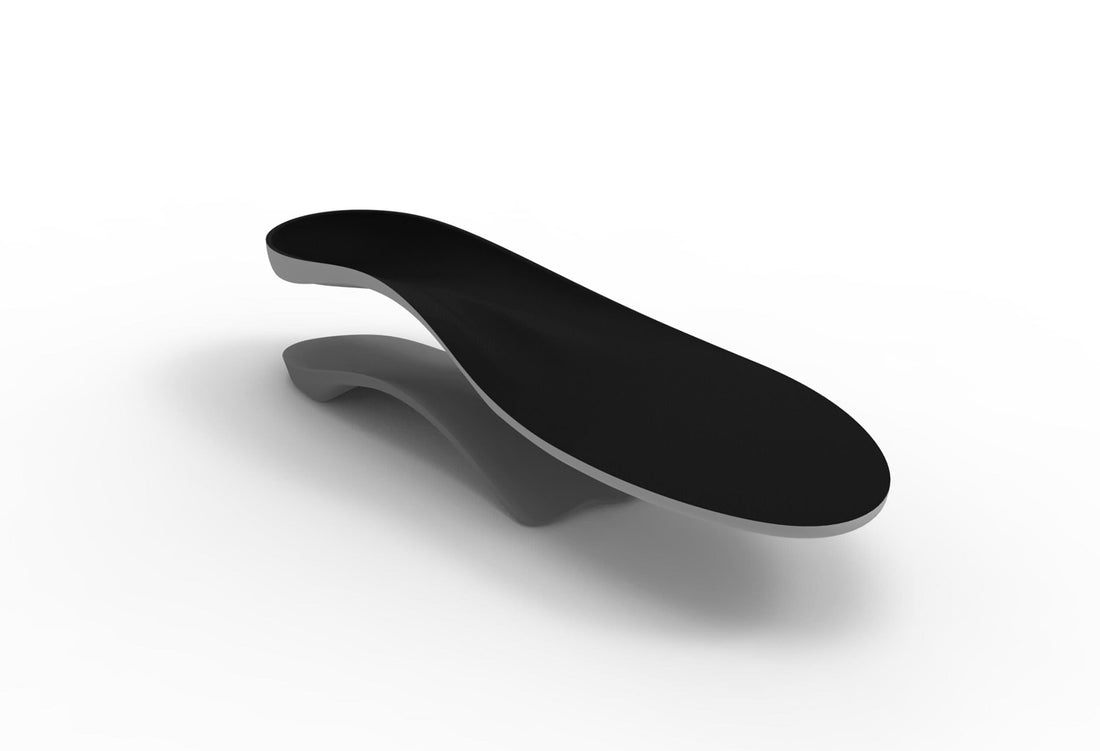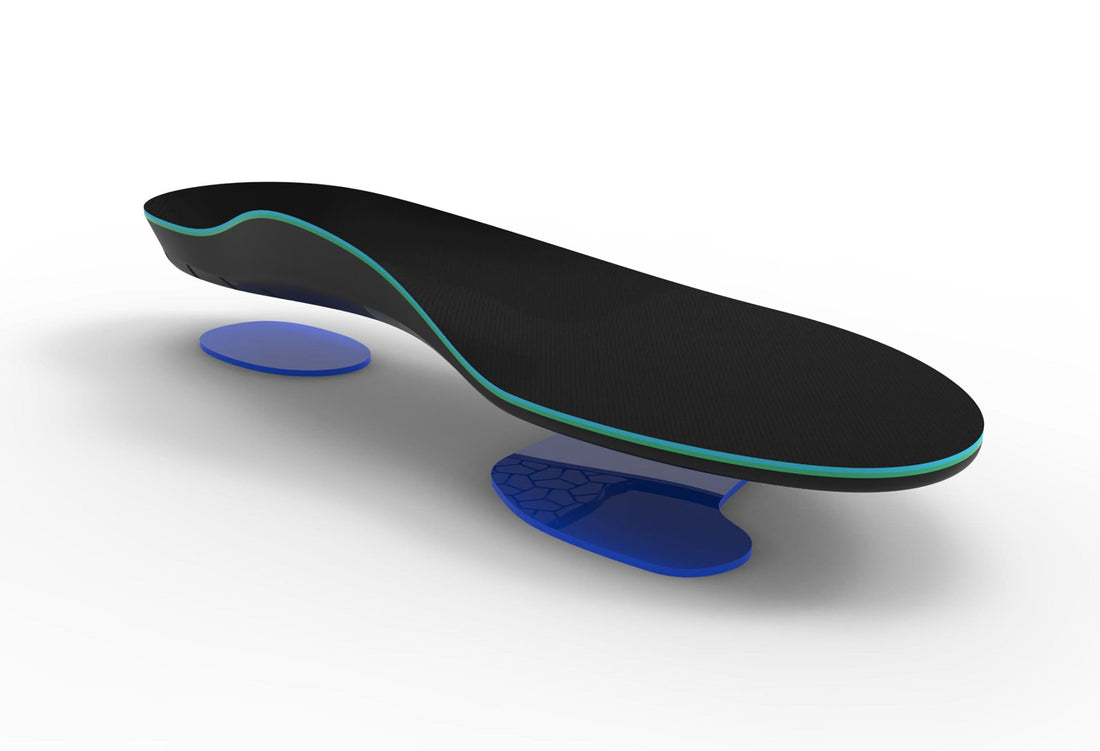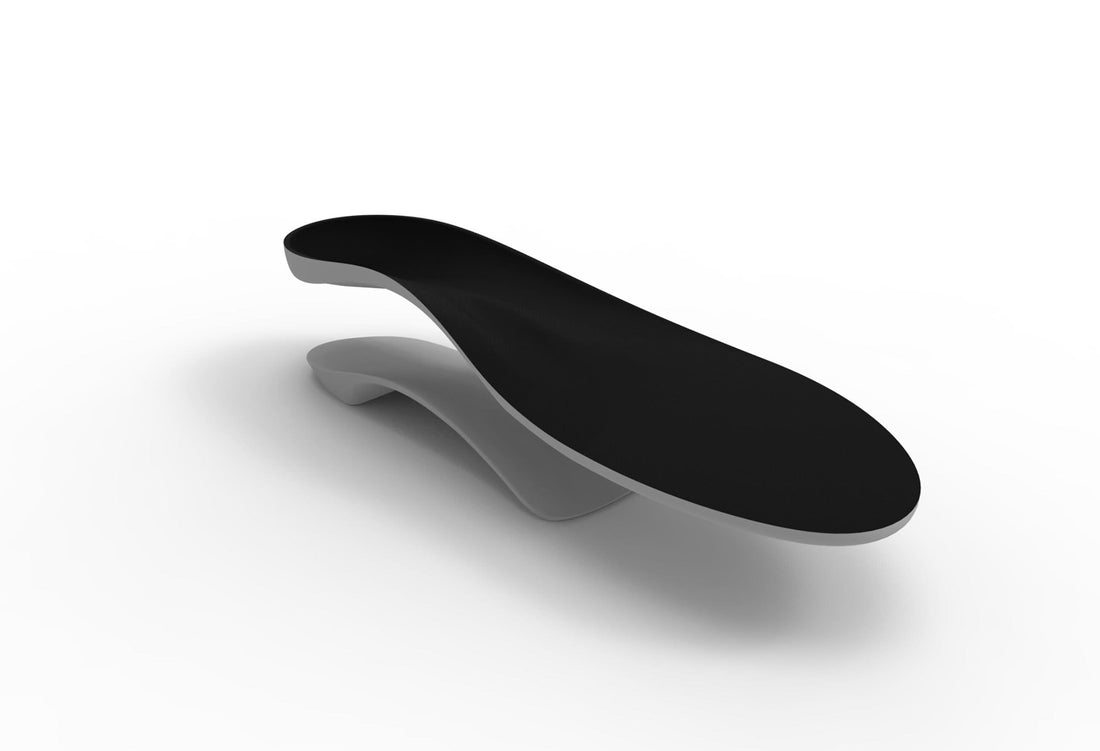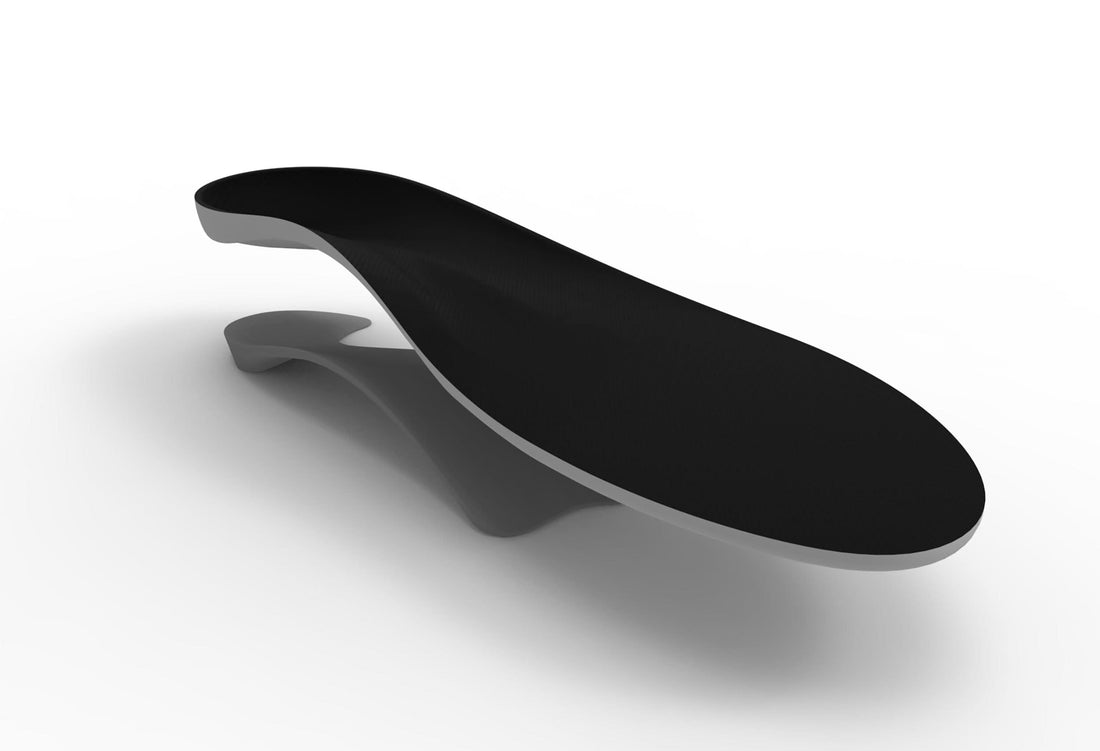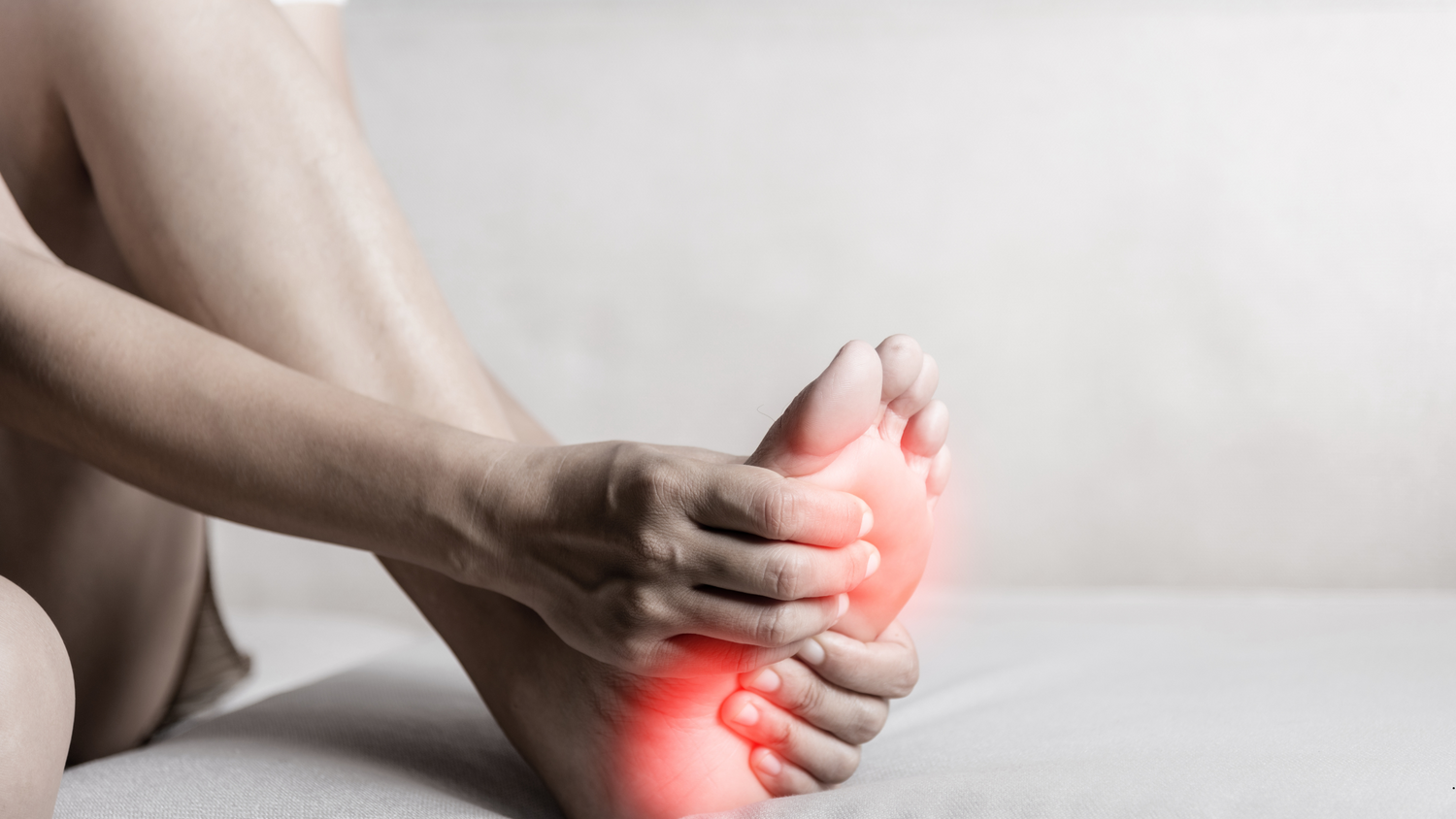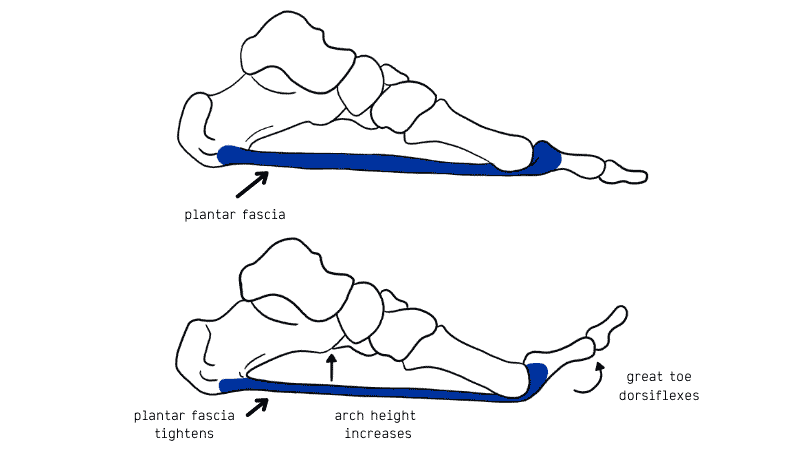Stress fractures of the calcaneus (or heel bone) are uncommon, however when they occur it can be a difficult injury to treat. It is an overuse injury and was originally referred to as ‘Marchers’ Fracture by soldiers. Runners, ballerinas and those performing repetitive jumping activities are also at a higher risk of sustaining a heel fracture.
Cause
There is uncertainty of the exact cause of a calcaneal stress fracture among researchers and practitioners. One common belief is that a stress fracture will occur as a result of repetitive stress or loading on the heel, in excess of what the bone can withstand. However in some cases, a stress fracture of the heel may occur in an individual who predominately lands on their forefoot when running. In these cases, injury is thought to occur due to the shearing stress on the Achilles tendon (base of the calf muscles) at its insertion on the heel. Whichever the cause might be, this injury is certainly ‘overuse’ in nature. Other causes include:
- Poor biomechanics (excessive foot pronation increases the pressure on the inside of the heel)
- Poor footwear (lack of cushioning and support)
- Overtraining (‘too much too soon’
- Inadequate natural heel fatty pads/cushioning
Symptoms
- Insidious onset of pain
- Aggravated by weight bearing
- Often more painful at night, and patients may wake up in pain
- Localized tenderness on both sides of the heel
- Pain will not improve with running or exercise
Diagnosis
Diagnosis of a Calcaneal stress fracture can be made by your health practitioner and is based on the following;
- Clinical examination reveals the correct location, nature and intensity of the pain.
- Positive Squeeze test: Squeezing both sides of the heel simultaneously will be painful
- Radiography investigations: X-rays are not specific for a stress fracture until 4 – 6weeks following the onset of pain. Isotopic bone scans are sensitive to stress fractures, while MRI will also shows symptoms of a stress fracture.
Treatment
Treatment for a calcaneal stress fracture is slow and limited and requires relative rest and non weight-bearing activity.
Rehabilitation will require;
- A gradual return to weight bearing exercises
- Orthotics: To reduce excessive stress on the heel. The Interpod soft range will aid in this process while providing superior cushioning through their polyurethane cushioning technology. Once symptoms have gone the Interpod Flex may be a better long term option due to its durability
- Soft heel pads to assist with cushioning
- Stretching the surrounding muscles
- Adequate footwear; suitable for the activity demands
Prevention
As the condition is primarily overuse in nature it is important to consider the following prevention strategies when taking on exercise programs or activities;
- Regular reviewing of orthotic devices for suitability
- Regular replacement of footwear when displaying signs of excessive wear
- Gradual overload of exercise programs with the help of a coach, personal trainer or health practitioner
- Exercise modification: You may need to change your exercise program to avoid excessive stress to the heel if this condition is reoccurring (i.e.- you may need to reduced the amount of jumping exercises in your program)
References
http://www.runresearchjunkie.com/calcaneal-stress-fracture-forefoot-or-rearfoot-strikers/
Brukner and Khan (2009). Clinical Sports Medicine. The McGraw-Hill Companies, pg 600-607.


